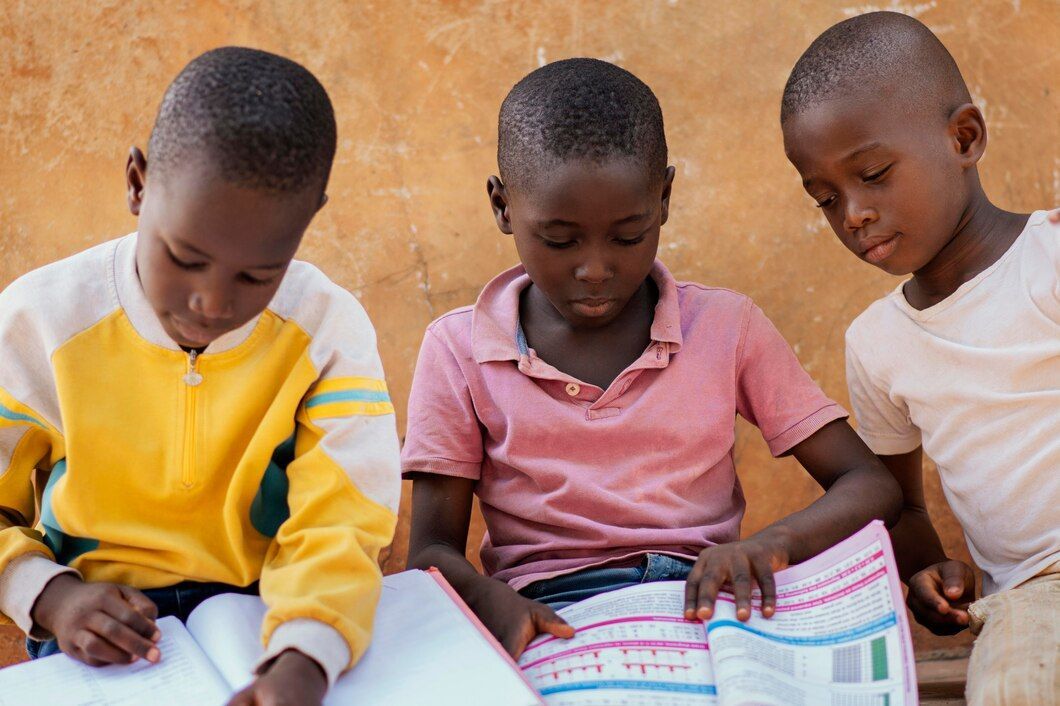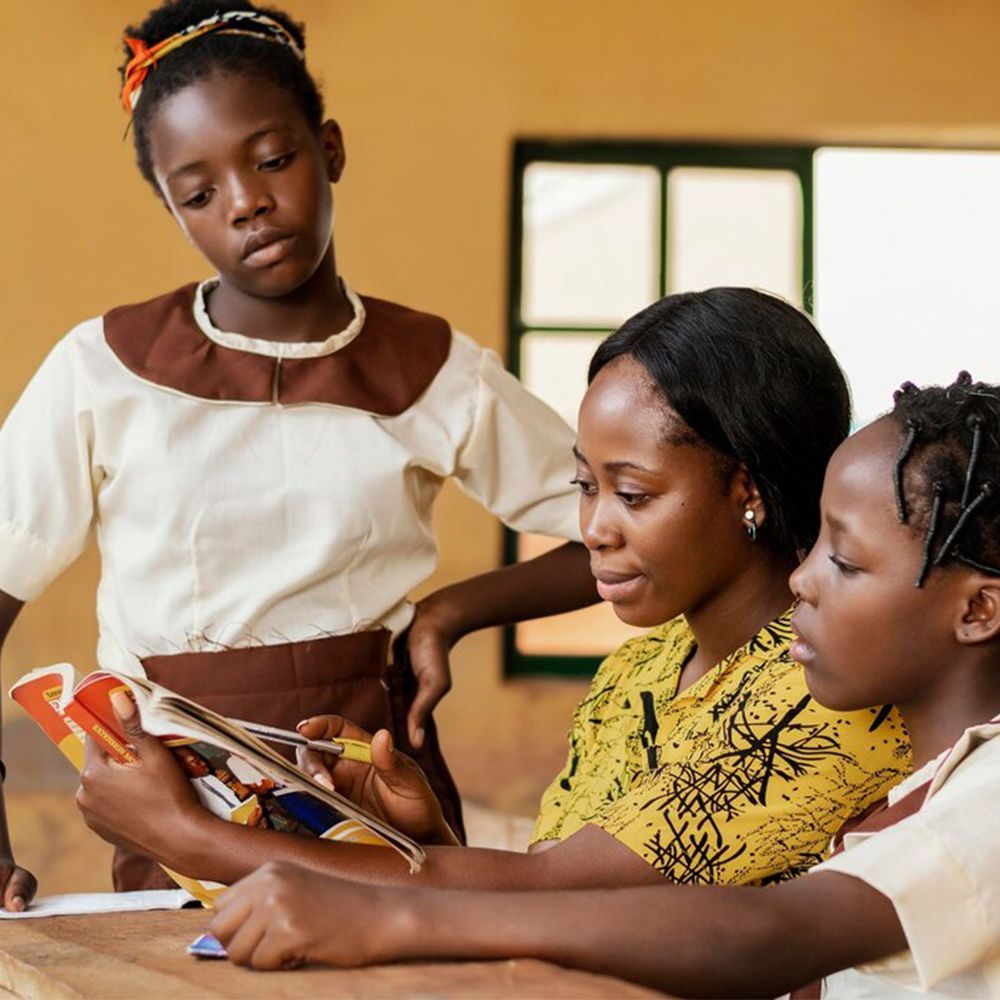The Hidden Crisis: Illiteracy Rates among Global People of Color
Illiteracy Among People of Color: An Ongoing Struggle

Despite progress in recent decades, illiteracy remains a major problem in communities of color across the United States. According to the most recent data from the U.S. Department of Education, an estimated 32 million adults in the country lack basic literacy skills. For African Americans and Hispanics, the rates of illiteracy are significantly higher than the national average.
Experts point to a range of historical, economic and social factors that contribute to higher illiteracy among minority groups. Many underserved urban neighborhoods lack access to high-quality education, with overcrowded classrooms, underpaid teachers and insufficient funding. This creates conditions that make it difficult for many children of color to receive an adequate education.
Intergenerational poverty also plays a role. Parents who struggled in school themselves often have trouble providing learning support at home. Some may be working multiple low-wage jobs just to make ends meet and have little time left over to read to their kids or help with homework.
For adults, the challenges continue. Those who dropped out of high school may lack the literacy skills needed to complete a GED program or pursue higher education. Even basic tasks like filling out job applications can be daunting for someone with limited reading and writing abilities. Many turn to public assistance programs just to get by.
Hispanic immigrants face additional barriers. According to a study by the Pew Research Center, 41% of Hispanic immigrants ages 16 and older have less than a high school education. Many come from impoverished rural areas in Mexico and Central America with weak school systems. As immigrants, they struggle to learn English and continue their education.
For communities of color, illiteracy has downstream effects. Adults with poor literacy skills are more likely to be unemployed and live in poverty. Their children are less prepared for school and fall even further behind, continuing the cycle. Illiteracy disempowers entire groups, limiting access to information needed to make informed decisions.
In recent years, a range of programs have emerged to address this crisis:
- Adult literacy classes offer remedial education and GED preparation. Some classes provide English language learning and translation services for immigrants.
- Volunteer tutoring programs, like AmeriCorps, pair adults in need with tutors for one-on-one literacy instruction.
- Public awareness campaigns aim to reduce stigma around illiteracy while connecting adults to local programs.
- Early childhood initiatives like Reach Out and Read provide books and reading skill guidance to parents of infants and young children.
While these programs mark progress, illiteracy remains a systemic issue. Broader changes are still needed in public education, economic policy and social supports. Overcoming generations of inequality will require a coordinated effort between activists, educators and policymakers. An informed public that recognizes the scale of this crisis is a first step.
The costs of inaction are simply too high. As we approach the mid-21st century, a just society must ensure equal opportunity for all. For communities of color, the path forward begins with literacy.






